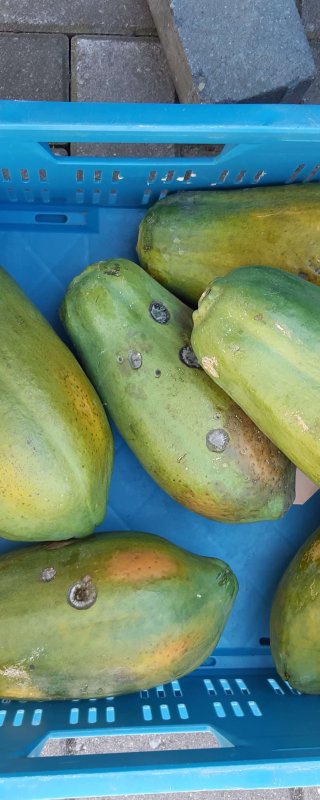
Papaya diseases and disorders
Good quality papaya is free from diseases and disorders! Customers are not willing to purchase fruit presenting rots or damaged skin. Furthermore fruit that looks good on the outside, but presenting internal disorders will not lead to happy customers. There are many different diseases and disorders, which are not always easy to recognize. A good diagnosis of the fruit’s health is important. By recognizing the symptoms of a disease or disorder, it can be linked to the cause. If you know the cause, you know what measures can be taken to prevent the disease or disorder in the future.

Papaya disease management
Frequently occurring papaya disorders and diseases
-
Chilling injury: pulp
Chilling injury in papaya occurs after keeping the fruit at too low temperatures for too long time. It often becomes apparent when the fruit returns to ambient temperature. The seed-list becomes grey or brown and develops further internally, exhibiting tissue breakdown and discoloration of the pulp. The intensity of damage varies amongst other with the cultivar. More mature fruit is less sensitive to low temperatures compared to partially mature or green stages. -
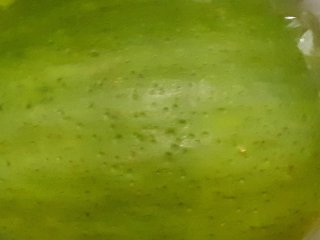
Chilling injury: skin pitting
Another chilling injury in papaya is skin pitting, in which shows externally as green areas surrounding pitted areas of the skin. Fruit color exhibits a blotchy appearance. Papaya may already be sensitive to temperatures <13°C, dependent on exposure period and variety. -
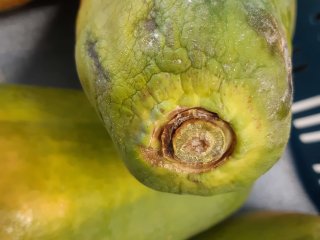
Bruises, injuries, shrivelling
Papaya faces disorders during transport due to pre-harvest factors and poor handling, e.g. due to bruising and injury. Sorting practices also affect the quality of fruit. Inspections at destination are essential. Bruising and injury limit marketability. Risks on fruit shrivelling increase with higher temperatures, lower humidity, longer storage, and skin damage. -
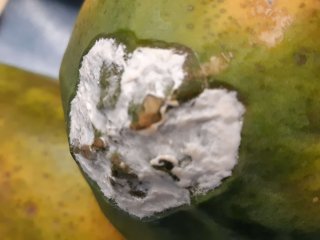
Rots and decay
Mould is one of the most important postharvest issues in the production and distribution of papaya. Mould is a serious problem in the export and import of papaya, particularly for long distance transportation such as from South America to Europe. Important diseases are Colletotrichum and Phomopsis, which are mostly associated with broken peduncles. Alternaria is also typical and shows particularly when fruit is stored below 12 °C.
-
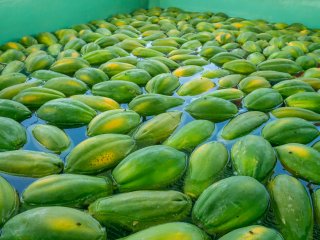
Latex stains
Latex is a major issue during papaya harvesting. It drips from harvested papaya onto lower fruit, during both picking by hand and knife. Post-harvest, latex can also drip onto other fruits. Potential solutions to mitigate this include trimming the fruit stem after harvest, leaving fruit standing upright with the stem end down before transport and dabbing off latex during harvest. It is crucial to avoid or to wash off any latex on the skin as it promotes decay and rot.